Blender Chopper Power Cord
₹468.00 Original price was: ₹468.00.₹390.00Current price is: ₹390.00.
Introduction to Blender Chopper Power Cords
The power cord of a blender chopper plays a critical role in the appliance’s overall functionality, serving as the primary conduit for electricity that facilitates its operation. Without a properly functioning power cord, the blender chopper cannot perform the tasks for which it was designed, which include chopping, blending, and pureeing various ingredients. Understanding the significance of the power cord can aid users in appreciating the maintenance and eventual upgrade of this essential component.
Blender chopper power cords differ significantly among various brands and models, reflecting the specific design features and electrical requirements of each appliance. Many modern blender choppers come equipped with standardized power cords that cater to universal voltage and amperage levels, ensuring compatibility with the majority of household outlets. However, it is crucial for users to verify the specifications associated with their particular appliance to ensure optimal performance and safety. Various types of cords may include polarized plugs that prevent incorrect insertion, or cords with built-in safety features that help to avert electrical hazards.
Given the importance of the power cord in supporting the blender chopper’s efficiency and safety, regular maintenance is necessary to prolong its lifespan. Inspecting the cord for wear and tear, ensuring that the plug is securely fitted into the outlet, and avoiding kinks and sharp bends are essential practices for users. Upgrading to a more robust power cord may also be beneficial, especially in situations where users consistently experience power fluctuations or have older appliances that may not meet contemporary safety standards. In the subsequent sections, we will delve deeper into maintenance tips and the benefits of upgrading blender chopper power cords, reinforcing the importance of this often-overlooked component.
Types of Blender Chopper Power Cords
The power cord of a blender chopper is an essential component that directly influences the appliance’s performance and safety. There are several types of power cords used in blender choppers, each designed to meet specific operational and safety requirements. Understanding these different types can help users make informed decisions when purchasing a new blender or upgrading their existing one.
One common type of power cord is the standard electrical cord, which is sufficient for most household blenders. These cords are typically rated for lower wattage, making them suitable for standard models that do not require excessive power. However, for more powerful blender choppers, a heavy-duty cord may be necessary. These heavy-duty cords are designed to handle higher voltage and amperage, ensuring that high-powered models operate efficiently without risk of overheating.
When considering power cords for blender choppers, safety is paramount. Grounded cords include an additional wire that enhances safety by providing a pathway for excess electricity to ground, thereby reducing the risk of electric shock. This feature is particularly important for appliances used in kitchen environments, where moisture is prevalent.
In terms of compatibility, it is critical to check that the power cord matches the voltage requirements of the appliance. Most kitchen devices in North America operate on120 volts, while other regions may use 220 volts. Additionally, cord length can impact usability; a longer cord can provide greater mobility within the kitchen, whereas shorter cords may limit where the blender chopper can be used. Users should consider their kitchen layout and accessibility when selecting a blender with an appropriate power cord length to optimize usability.
Importance of Proper Maintenance for Power Cords
Proper maintenance of blender chopper power cords is essential for both the longevity of the appliance and the safety of its users. Over time, constant usage can lead to wear and tear on these cords, potentially causing electrical hazards. The risks associated with damaged power cords include electric shock, short circuits, and even fire hazards. To mitigate these risks, regular inspections are critical. Users should check for frays, exposed wires, or any signs of weakness at least once a month, ensuring any damage is addressed immediately.
In addition to routine inspections, proper usage practices are vital. It is recommended that users avoid yanking or twisting the power cord while unplugging it, as such actions could weaken connections and cause internal damage. Instead, one should grasp the plug firmly and pull it straight out of the socket. When plugging in the appliance, ensure the cord is out of the way of hot surfaces, which could degrade the material over time.
Cleaning the power cord is another important maintenance step. To avoid accumulating dust and debris, it is advisable to wipe down the cord regularly with a damp cloth and mild detergent. Ensure that the cord is completely dry before plugging it back into an outlet. Additionally, storing the blender and its cord correctly can help prolong their life. Ideally, the cord should be coiled loosely, avoiding tight knots that may cause stress to the wiring. Providing a suitable storage area will prevent accidental damage and tangling when not in use.
By adhering to these maintenance practices, users can enhance the performance and safety of their blender chopper power cords. This proactive approach not only prolongs the lifespan of the appliance but also ensures that usage remains safe and without incident.
Upgrading Your Blender Chopper Power Cord
Upgrading the power cord of your blender chopper can significantly enhance its performance and safety. A heavy-duty power cord is particularly beneficial for high-performance blender chopper models. These models often require more power to operate efficiently, and using a sturdy cord ensures that the appliance receives an adequate power supply. A low-quality cord may not withstand the high temperatures and electrical demands, leading to potential hazards such as overheating or electrical failure. Therefore, investing in a superior power cord can optimize both functionality and longevity.
When considering an upgrade, it is essential to find a compatible replacement cord. First, refer to the appliance’s manual, which typically outlines the specifications necessary for compatible power cords. Look for the voltage, amperage, and gauge recommendations. Purchasing a power cord that meets or exceeds these specifications will help maintain the efficiency of the blender chopper. Furthermore, reputable manufacturers usually provide guidance on the appropriate cord for their appliances, allowing users to make informed decisions.
In some instances, users may find themselves uncertain about whether they should attempt to install the new power cord themselves or turn to a professional. If you possess the necessary skills and tools for electrical work, replacing the power cord can be a straightforward task. However, when in doubt, it is wise to consult with or hire a qualified technician. This ensures that the installation is conducted safely, correctly, and in accordance with any local regulations. Proper installation is crucial in preventing future malfunctions, which can lead to costly repairs or loss of the appliance altogether.
Conclusion: Ensuring Safety and Efficiency with Your Blender Chopper Power Cord
In wrapping up our discussion on the blender chopper power cord, it is critical to underscore the significant role that a reliable power source plays in the overall functionality of the appliance. A well-maintained power cord ensures not only optimal performance but also enhances the longevity of the blender chopper. Regular inspections and timely replacements can prevent electrical hazards, ensuring safe operation while reducing the risk of damage to the device itself.
The importance of the power cord cannot be overstated; it is the conduit through which electrical energy flows, directly affecting the efficiency of the motor. A frayed or damaged cord can lead to inconsistent performance, which may compromise the quality of food preparation. Furthermore, neglecting this vital component can result in potential safety risks, including electrical shocks or fires. Therefore, recognizing the signs of wear and tear on the power cord should be part of routine appliance maintenance practices.
Potential upgrades to the power cord, such as selecting higher quality or more durable materials, can significantly aid in achieving better performance and efficiency. Manufacturers often provide guidelines on suitable replacement options that can enhance compatibility and reliability. By investing in a quality power cord, not only do users foster the appliance’s efficiency, but they also contribute to a safer kitchen environment.
As we have highlighted throughout this post, the relationship between a dependable power cord and the effective operation of a blender chopper is profound. Moving forward, we encourage all users to prioritize regular maintenance, conduct timely upgrades, and adopt safe practices to ensure a seamless blending experience.
| Blender Chopper Brand Name | Bajaj, Bosch, Havells, Inalsa, Kenwood, Morphy Richards, Panasonic, Philips, Prestige, Wonderchef |
|---|
Only logged in customers who have purchased this product may leave a review.
Related products
-
Blender Chopper Parts
Blender Chopper Motor
₹1,728.00 – ₹4,499.00 Select options This product has multiple variants. The options may be chosen on the product pageRated 0 out of 5 -
Blender Chopper Parts
Blender Chopper Disc/Attachment
Rated 0 out of 5₹624.00Original price was: ₹624.00.₹520.00Current price is: ₹520.00. Select options This product has multiple variants. The options may be chosen on the product page -
Blender Chopper Parts
Blender Chopper Bowl
Rated 0 out of 5₹780.00Original price was: ₹780.00.₹650.00Current price is: ₹650.00. Select options This product has multiple variants. The options may be chosen on the product page -
Blender Chopper Parts
Blender Chopper Jars and Bowls
Rated 0 out of 5₹1,465.00Original price was: ₹1,465.00.₹1,221.00Current price is: ₹1,221.00. Select options This product has multiple variants. The options may be chosen on the product page

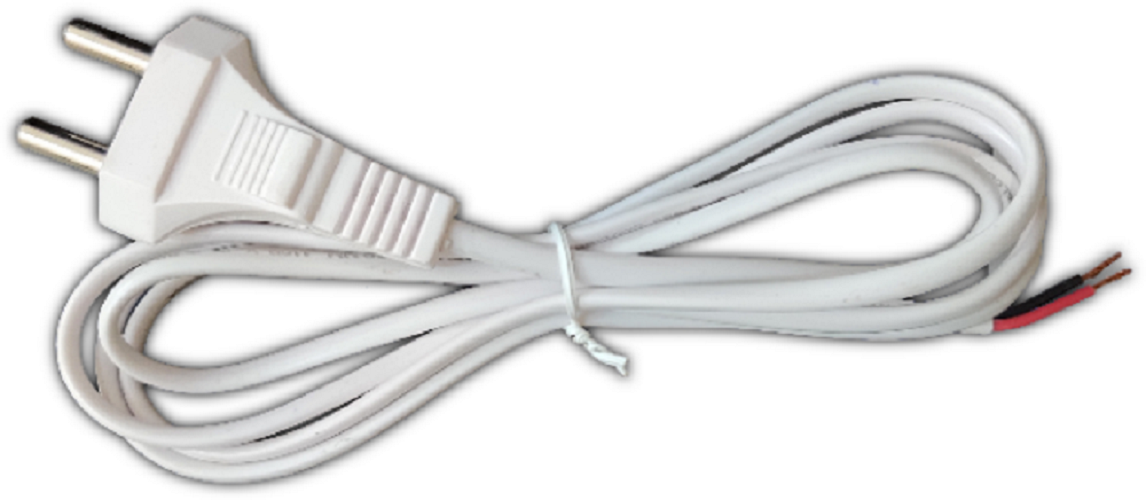
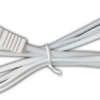
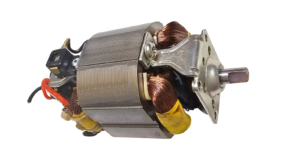
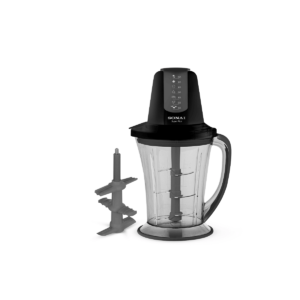

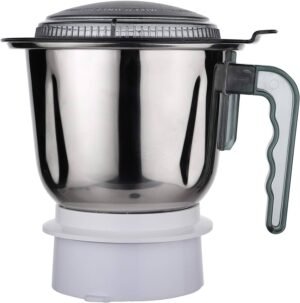
Reviews
There are no reviews yet.